Subscribe to our YouTube channel for the latest videos, updates, and tips.
Home | About Us | Contact Us | Privacy | Math Blog
Theorem on Properties of Triangle
Proof the theorems on properties of triangle psinP = qsinQ = rsinR = 2K
Proof:
Let O be the circum-centre and K the circum-radius of any triangle PQR.
Since in triangle PQR, three angles are acute in figure (i), then we observe that the triangle PQR is acute-angled in figure (ii), the triangle PQR is obtuse-angled (since its angle P is obtuse) and in figure (iii), the triangle PQR is right-angled (since the angle P is right angle). In figure (i) and figure (ii) we join QO and produce it to meet the circumference at S. Then join RS.
Clearly, QO = circum-radius = K
Therefore, QS = 2 ∙ QO = 2K and ∠QRS = 90° (being the semi-circular angle).
Now, from figure (i)we
get,
∠QSR = ∠QPR = P (being the angles on the same arc QR).
Therefore, from the triangle QRS we have,
QR/QS = sin ∠QSR
⇒ p/2K = sin P
⇒ p/sin P = 2K
Again, from figure (ii) we get,
∠QSR = π - P [Since, ∠QSR + ∠QPR = π]
Therefore, from the triangle QRS we get,
QR/QS = sin ∠QSR
⇒ p/2K = sin (π - P)
⇒ p/2K = sin P
⇒ a/sin P = 2K
Finally, for right-angled triangle, we get from figure (iii),
2K = p = p/sin 90° = p/sin P [Since, P = 90°]
Therefore, for any triangle PQR (acute-angled, or obtuse-angled or right-angled) we have,
Similarly, if we join PO and produce it to meet the circumference at T then joining RT and QE we can prove
q/sin Q = 2K and r/sin R = 2K …………………………….. (1)
Therefore, in any triangle PQR we have,
psinP = qsinQ = rsinR = 2K
Note: (i) The relation psinP = qsinQ = rsinR is known as Sine Rule.
(ii) Since, p : q : r = sin P : sin Q : sin R
Therefore, in any triangle the lengths of sides are proportional to the sines of opposite angles.
(iii) From (1) we get, p = 2K sin P, q = 2K sin Q and r = 2K sin R. These relations give the sides in terms of sines of angles.
Again, from (1) we get, sin P = p/2K, sin Q = q/2K and sin R = r/2K
These relations give the sines of the angles in terms of the sides of any triangle.
Solved problems using theorem on properties of triangle:
1. In the triangle PQR, if P = 60°, show that,
q + r = 2p cos Q−R2
Solution:
We have,
We know that
psinP = qsinQ = rsinR = 2K.
⇒ p = 2K sin P, q = 2K sin Q and r = 2K sin R.
q+r2p = 2KsinQ+2KsinR2∙2KsinP, [Since, p = 2K sin P, q = 2K sin Q and r = 2K sin R]
= sinQ+sinR2sinP
= 2sinQ+R2cosQ−R22sin60°
= sin60°cosQ−R2sin60°,
[Since, P + Q + R = 180°, and P = 60° Therefore, Q + R = 180° - 60° = 120° ⇒ Q+R2 = 60°]
⇒ q+r2p = cos Q−R2
Therefore, q + r = 2p cos Q−R2 proved.
2. In any triangle PQR, prove that,
(q2 - r2) cot P + (r2 - p2) cot Q + (p2 - q2) cot R = 0.
Solution:
psinP = qsinQ = rsinR = 2K.
⇒ p = 2K sin P, q = 2K sin Q and r = 2K sin R.
Now, (q2 - r2) cot P = (4K2 sin2 Q - 4K2 sin2 R) cot P
= 2K2 (2 sin2 Q - 2 sin2 R)
= 2K2 (1 - cos 2Q - 1 + cos 2R) cot P
= 2K2 [2 sin (Q + R) sin (Q - R)] cot P
=4K2 sin (π - P) sin (Q - R) cot A, [Since, P + Q + R = π]
= 4K2 sin P sin (Q - R) cosPsinP
= 4K2 sin (Q - R) cos {π - (Q - R)}
= - 2K2 ∙ 2sin (Q - R) cos (Q + R)
= - 2K2 (sin 2Q - sin 2R)
Similarly, (r2 - p2) cot Q = -2K2 (sin 2R - sin 2P)
and (p2 - q2) cot R = -2K2 (sin 2R - sin 2Q)
Now L.H.S. = (q2 - r2) cot P + (r2 - p2) cot Q + (p2 - q2) cot R
= - 2K2 (sin 2Q - sin 2R) - 2K2 (sin 2R - sin 2P) - 2K2(sin 2P - sin 2Q)
= - 2K2 × 0
= 0 = R.H.S. Proved.
- The Law of Sines or The Sine Rule
- Theorem on Properties of Triangle
- Projection Formulae
- Proof of Projection Formulae
- The Law of Cosines or The Cosine Rule
- Area of a Triangle
- Law of Tangents
- Properties of Triangle Formulae
- Problems on Properties of Triangle
11 and 12 Grade Math
From Theorem on Properties of Triangle to HOME PAGE
Didn't find what you were looking for? Or want to know more information about Math Only Math. Use this Google Search to find what you need.
Recent Articles
-
5th Grade Circle Worksheet | Free Worksheet with Answer |Practice Math
Jul 11, 25 02:14 PM
In 5th Grade Circle Worksheet you will get different types of questions on parts of a circle, relation between radius and diameter, interior of a circle, exterior of a circle and construction of circl… -
Construction of a Circle | Working Rules | Step-by-step Explanation |
Jul 09, 25 01:29 AM
Construction of a Circle when the length of its Radius is given. Working Rules | Step I: Open the compass such that its pointer be put on initial point (i.e. O) of ruler / scale and the pencil-end be… -
Combination of Addition and Subtraction | Mixed Addition & Subtraction
Jul 08, 25 02:32 PM
We will discuss here about the combination of addition and subtraction. The rules which can be used to solve the sums involving addition (+) and subtraction (-) together are: I: First add -
Addition & Subtraction Together |Combination of addition & subtraction
Jul 08, 25 02:23 PM
We will solve the different types of problems involving addition and subtraction together. To show the problem involving both addition and subtraction, we first group all the numbers with ‘+’ and… -
5th Grade Circle | Radius, Interior and Exterior of a Circle|Worksheet
Jul 08, 25 09:55 AM
A circle is the set of all those point in a plane whose distance from a fixed point remains constant. The fixed point is called the centre of the circle and the constant distance is known
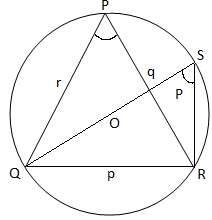
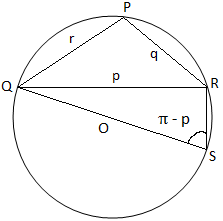




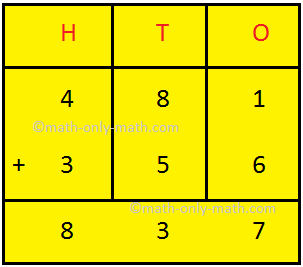
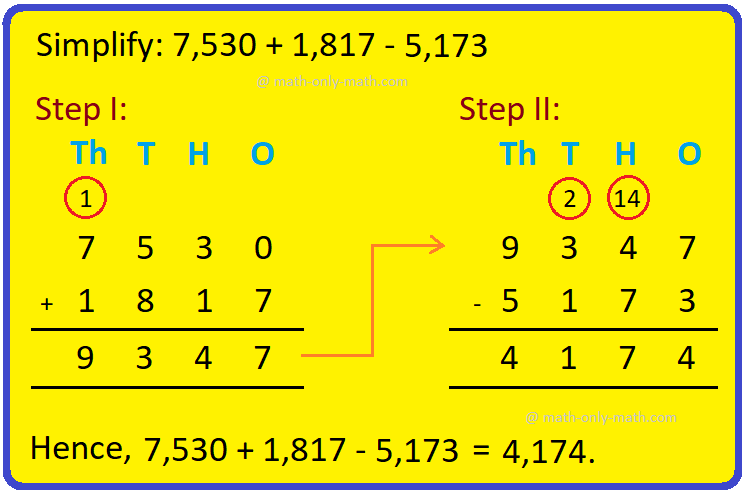
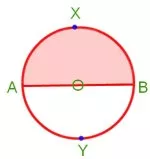
New! Comments
Have your say about what you just read! Leave me a comment in the box below. Ask a Question or Answer a Question.